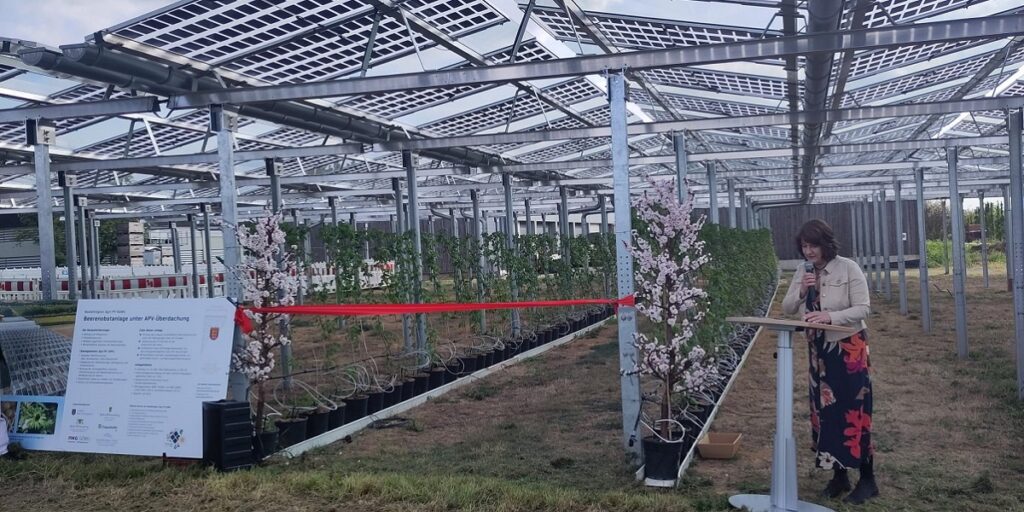The search for defective bypass diodes has been a frequently discussed blog topic here. Just when I thought I had already described typical thermograms and electro-luminescence recordings in detail, fellow drone pilot Thomas Reusch notified me of a case which we then jointly pondered. A small experiment in the garden behind our office made it possible to […]
Read articleLocating broken wires in solar systems
Here in our blog, we have already described many ways of speeding up fault location in photovoltaic systems. But there is one rather mundane fault that we haven’t yet discussed: a break in the wiring on the DC side of a module string. This kind of fault is relatively easy to find. If the string […]
Read articleMeasuring the dark IV curves of photovoltaic systems
During the last quarter, we began including dark IV measurements in our testing procedure for photovoltaic systems using pvCheck. We can do this because our pvServe power supply recently gained this new measurement function, which we will be including as a standard feature from 2017. The front panel of the pvServe will have a slot […]
Read articleChecking bypass diodes on solar panels: Part 1
Almost all solar panels include integrated bypass diodes. Crystalline panels generally have three of them, which are located in the junction box and can each bypass a third of the panel when necessary. The diodes’ main task is to protect the solar cells from overheating when partial shading occurs. When combined with the right inverter, […]
Read articleOutdoor electroluminescence and reverse current thermography
The VDE 0126-23 Standard now specifies a commissioning test procedure for solar systems. Measurement of the no-load voltage, short-circuit current and insulation resistance. There is now a measuring device, the Benning PV-1, which can carry out all of these measurements in a single pass. The measured values are recorded and the documentation supplied to the […]
Read article















